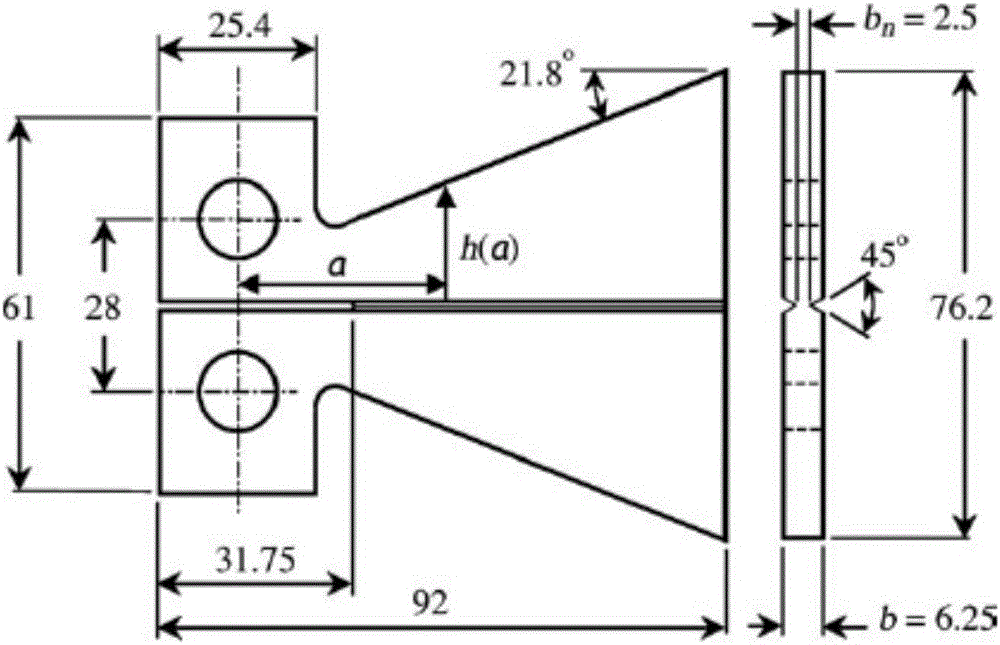Silicon dioxide enhanced epoxy resin composite material produced by polysilazane in situ
A technology of polysilazane and epoxy resin, which is applied in the field of polymer composite materials, can solve the problems of easy aggregation of nanoparticles, silica reinforcement, adverse effect of toughening effect, weak interaction between nanoparticles and matrix, etc., to achieve Enhance the effect of interfacial interaction and improve dispersibility
- Summary
- Abstract
- Description
- Claims
- Application Information
AI Technical Summary
Problems solved by technology
Method used
Image
Examples
Embodiment 1
[0022] Dissolve 10 parts of polysilazane into 100 parts of bisphenol A glycidyl ether epoxy resin (Shell, EPON 828) under ultrasonic and stirring conditions, and feed water content of 20g / m2 at room temperature 3 Wet nitrogen, wherein the stoichiometric ratio of the amount of water vapor and the amount of polysilazane is about 1.2, polysilazane generates silica nanoparticles in situ, and then add 12.5 parts of diethylenetriamine, mix well, and remove under reduced pressure Bubbles in the system, cured at room temperature for 24 hours, then raised the temperature to 50°C and cured for 24 hours to obtain a silica-reinforced epoxy resin composite material.
Embodiment 2
[0024] Dissolve 1 part of polysilazane into 100 parts of EPON 828 epoxy resin under ultrasonic and stirring conditions, and the water content is 20g / m at room temperature 3 Wet nitrogen, wherein the stoichiometric ratio of the amount of water vapor and the amount of polysilazane is about 1.2, polysilazane generates silica nanoparticles in situ, and then add 12.5 parts of diethylenetriamine, mix well, and remove under reduced pressure Bubbles in the system, cured at room temperature for 24 hours, then raised the temperature to 50°C and cured for 24 hours to obtain a silica-reinforced epoxy resin composite material.
Embodiment 3
[0026] Dissolve 0.1 part of polysilazane into 100 parts of EPON 828 epoxy resin under ultrasonic and stirring conditions, and the water content is 20g / m at room temperature 3 Wet nitrogen, wherein the stoichiometric ratio of the amount of water vapor and the amount of polysilazane is about 1.2, polysilazane generates silica nanoparticles in situ, and then add 12.5 parts of diethylenetriamine, mix well, and remove under reduced pressure Bubbles in the system, cured at room temperature for 24 hours, then raised the temperature to 50°C and cured for 24 hours to obtain a silica-reinforced epoxy resin composite material.
PUM
 Login to View More
Login to View More Abstract
Description
Claims
Application Information
 Login to View More
Login to View More - R&D
- Intellectual Property
- Life Sciences
- Materials
- Tech Scout
- Unparalleled Data Quality
- Higher Quality Content
- 60% Fewer Hallucinations
Browse by: Latest US Patents, China's latest patents, Technical Efficacy Thesaurus, Application Domain, Technology Topic, Popular Technical Reports.
© 2025 PatSnap. All rights reserved.Legal|Privacy policy|Modern Slavery Act Transparency Statement|Sitemap|About US| Contact US: help@patsnap.com


